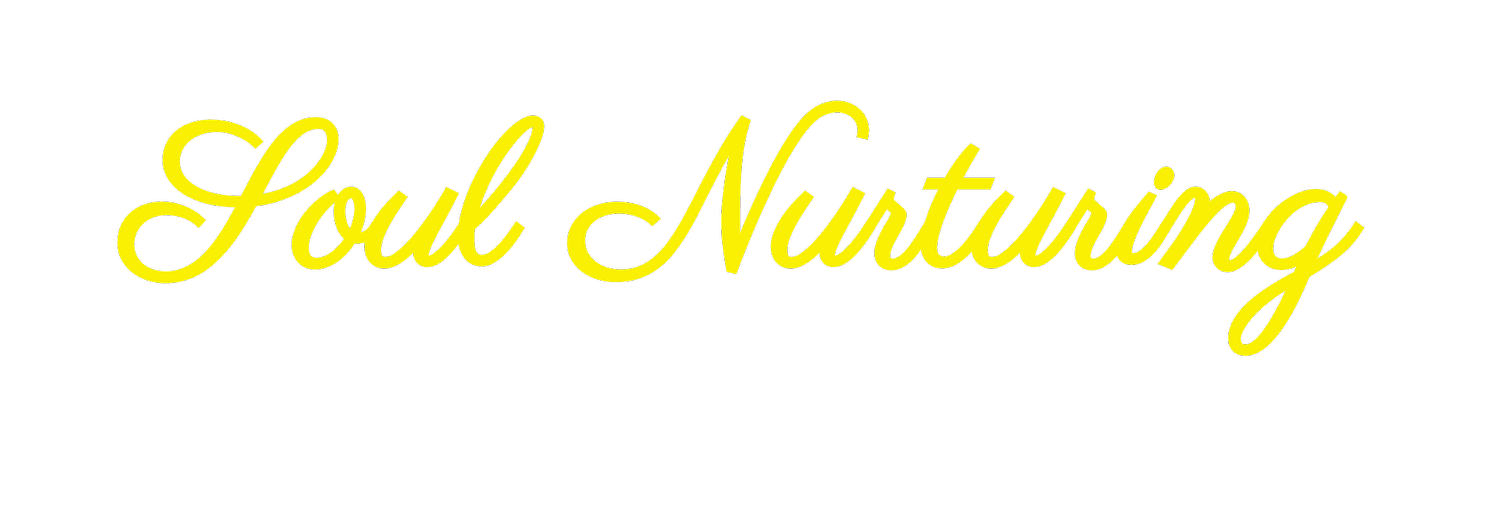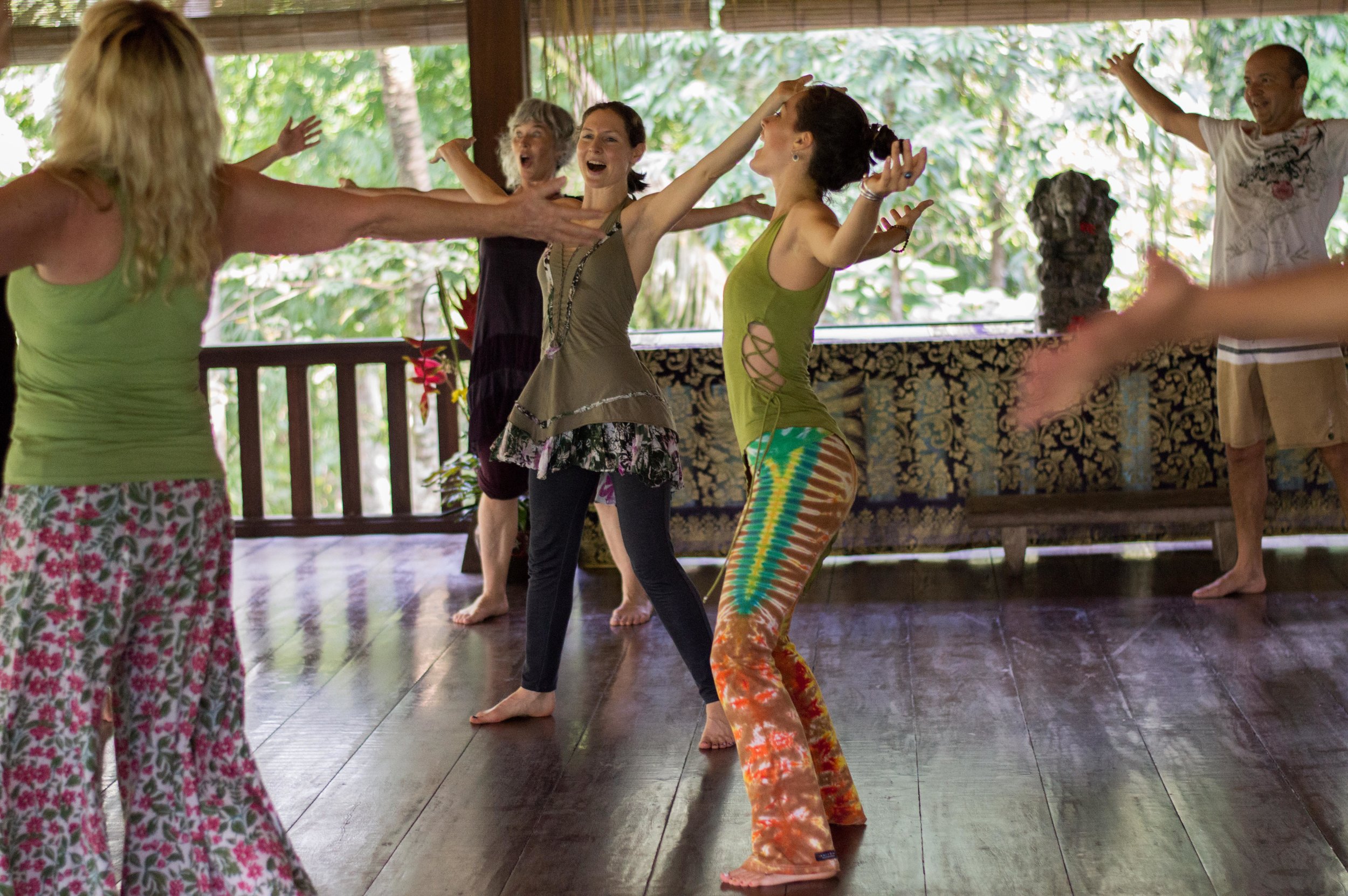Thanks goes to Natalie Ermer Jensen for this blog for Nia Australia, last updated 19/06/2017
In Nia we recognise something sacred about using imagination when we move. Research tells us there is good reason why. Do share these scientific findings with movement buddies.
Science now shows that fitness training through practices like Nia Technique, which integrates our playful nature with functional movement, is reportedly the most effective way to improve strength and conditioning, and in the last 5 years has been a tool used by elite coaches to enhance performance of professional athletes - Nia's creators knew this over 30 years ago!
Recent research has shown that mental imagery improves motor tasks (Slimani and Cheour, 2016), and can bring greater strength, flexibility and overall conditioning. ‘Mental imagery’ is defined as “using all the senses to recreate or create an experience in the mind”, or activating the imagination when we move (Cumming and Williams, 2014). And some research is showing that using imagination can even improve recovery rates following injury (Clark et al., 2014).
Good news! Exercise is more effective with a playful, curious, adventurous mind!
This means that what Debbie Rosas and Carlos Aya Rosas developed over thirty years ago, is being confirmed by leading sports psychologists, and neurophysiologists worldwide and the research continues.
Mind you, Martial Arts masters have used mental imagery since possibly the 12th century (TaiChi) in sequences like ‘White Crane Spreads Wings’. Has your teacher ever shared the pearl, “Imagine your arms as wings – in your body’s way – stretch your wings wide from the centre of your spine out to your fingertips”? I remember being told about my wings by California Nia teachers, Jodie Chapman and Chrissy Modjahedpour, and I have loved and used the image since. This mental imagery transforms a lovely arm extension into Joyful flight that is dynamic and alive, can be customised in your own way, and it is so much fun!
Magic happens when we connect movement with imagination, or get into our playful mind-space. Embodied movement occurs when we are less self-conscious and more self-aware. Notice the difference when you move from the shoulders through your full range of motion, and then switch how your mind engages with the movement, this time imagining large broad, powerful wings expanding and filling the room, giving your spirit freedom to soar, sensing dynamic ease! The muscles engage more through your torso, legs and arms as your imagination senses the space surrounding your agile form. Sport psychology and neurophysiology aims to get athletes out of their head, and more in their bodies, improving quality of movement and engaging an instinctive body-mind connection. Athletes master their structure, but now it is recognised that over thinking can interrupt a person's ability to move with greatest ease, so their imagination is key. In Nia we say, ‘it’s not how it looks, but how it FEELS that makes a difference.’ When we invite imagery to inspire our movement, our conditioning improves naturally. We choose our wings. A bird does not push itself to fly big and broad - instead beginning with small, fluttering moments of short flight start them on their journey. Natural time.
Susan Rees, a UK Nia teacher, shares a mobility movement improvement story. “In one of my classes where the majority of students are over 70 who previously couldn’t let go in free dance suddenly found they could let go and dash around the room interweaving and changing planes – the secret – pretending to be Dolphins in ‘Awake’!” Becoming something powerful, graceful and agile improved the way they moved because their imaginations allowed them to let go of thinking about a technique, so they engaged muscles differently. Joints moved more freely exploring their ‘ocean’.
And bringing gifts of imagery into our everyday activities gives us the ability to ‘Dance Through Life’. Why stop being a dolphin, and why tuck away your wings the moment you step off the dance floor? You can dash in your 'ocean', or expand your 'wings' any time in your day. When you remember, bring it with you everywhere you go. Now your body/mind experience is enhanced. You do begin to move differently. You will change the way you step into class too. There is perceptible movement improvement. Science recognises you are the sacred athlete.
REFERENCES:
Clark B.C., Mahato N.K., Nakazawa M., Law T.D., Thomas J.S. (2014) The power of the mind: the cortex as a critical determinant of muscle strength/weakness. Journal of Neurophysiology 15, 3219-3226.
Cumming J., Williams S.E. (2014) Imagery. In: Encyclopedia of sport and exercise psychology. Ed: Eklund R.C., Tenenbuam G., editors. Los Angeles: Sage; 369-373.
Slimani M., Cheour F. (2016) Effects of cognitive training strategies on muscular force and psychological skills in healthy striking combat sports practitioner. Sport Sciences for Health 1-9.

